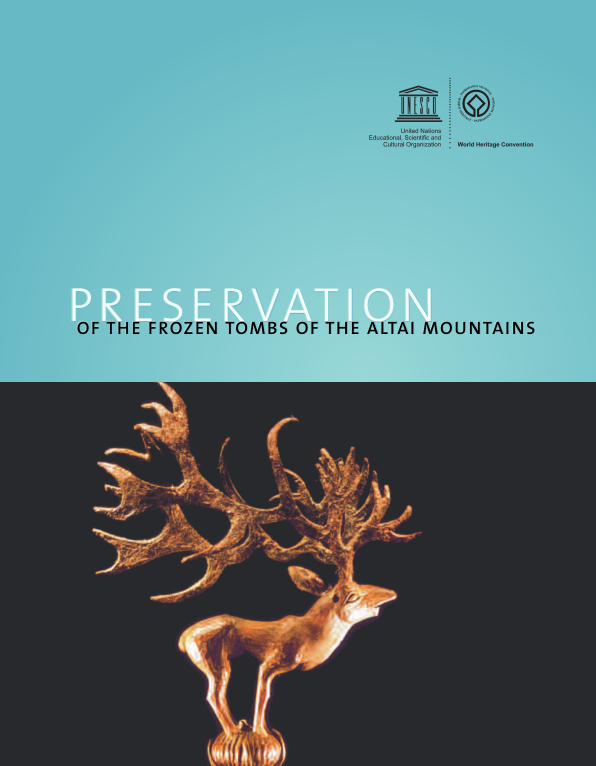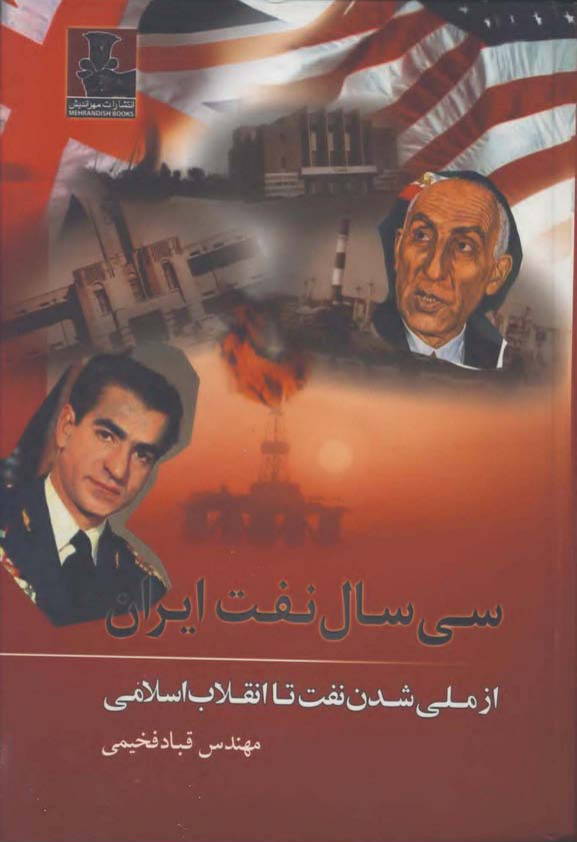by: UNESCO
Thousands of frozen tombs lie scattered across an a rea straddling Russia, Kazakhstan, Mongolia and China. These tombs, a major archaeological find dating back to the 1920s, belon g to the lost Scythian civilization which flourishe d 2500 years ago. Inside the tombs lie bodies which have often been so well pre¬ served in the frozen ground that even the tattoos o n their skin remain intact. For thousands of years, the Altai Mountains have be en an important passage between the Mongolian and Kazakh steppes. The area is a rich source of archaeological infor¬mation on commercial routes and other exchanges between populati ons. As the Scythian populations inhabited the entire Eurasian Steppe st retching from the Black Sea to Mongolia, the frozen tombs are a unique source of information about one of the most intriguing cultur es of their time. The kurgans are literally packed in ice. After buri al, each tomb was covered with stones which formed a permeable mound. Rainfall was able to penetrate into the tomb where it froze. Over time, this process created an ice block which preserved the tomb and its entire contents. Climatic change is causing the permafrost in this pa rt of Siberia to thaw. With the permafrost that pre serves the kurgans now gradually thaw¬ing, the frozen tombs and their prec ious contents will soon no longer be packed in the ice that has preserved them for so long. Permafrost could disappear completely in s ome areas of the Altai by the middle of this centur y. After 2500 years of perfect conservation, the remaining kurgans and the insight s they provide into the ancient nomad Scythian cult ure could be lost for ever. In a race against time, UNESCO and the University of Ghent in Belgium are helping teams in Russia and Kazakhst an to pinpoint the location of the remaining tombs to protect them fro m disappearing. Satellite images (Corona, ASTER and Landsat) are being used to create a cartographical archaeological in ventory that fuses traditional field work, digital photogrammetry, sat ellite image interpretation and GPS. The inventory of the Scythic tombs is based on photogrammetry of the Corona data, while the study o f the permafrost is based on thermal images from La ndsat and Aster. In 2005- 2006, a project put together by Ghent University wi th the support of UNESCO and a generous contribution from the Flemish Community of Belgium is continuing this survey, and i s analysing the threats which climatic change poses to the frozen tombs.
 کتاب سل Ketab Sell | کتاب سل، بزرگترین منبع کتاب و جزوههای دانشجویی
کتاب سل Ketab Sell | کتاب سل، بزرگترین منبع کتاب و جزوههای دانشجویی









Reviews
There are no reviews yet.